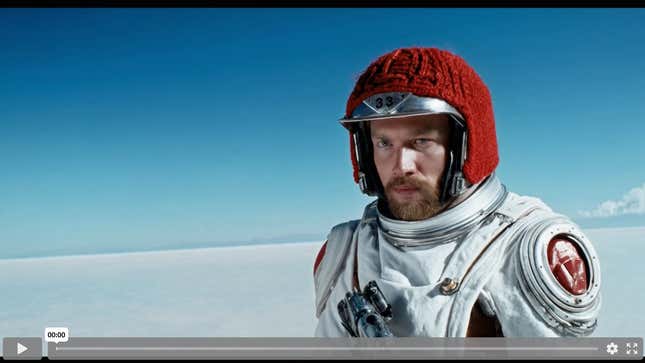
OpenAI made its big drop yesterday — releasing Sora, a text-to-video AI generator that can create realistic videos. Sora can generate both realistic and imaginative scenes from text instructions, up to a minute long, according to the company. If we take the videos that OpenAI has posted on its site “without modification,” as it states, the videos are indeed remarkable — and perhaps help explain the naming of the AI system, which means “sky” in Japanese. As in, the sky is truly the limit.
Sora is not available to the public yet. For now, OpenAI said the AI generator will only be available to so-called red teamers, or cybersecurity professionals, who will assess critical areas for harm or risks. OpenAI is also granting access to some visual artists, designers, and filmmakers to gain feedback on how to advance the AI model to be “most helpful” to creative professionals.
With that, the possibilities of what a short AI-generated video maker could do are boundless.
For one, the brevity of videos, will make it much easier to create TikTok videos and YouTube videos, said Jun-Yan Zhu, a professor at Carnegie Mellon University who researches generative AI.
Eventually, AI could also disrupt Hollywood movies. Filmmakers “want more precise control of the animation, emotion,” he said. The release of the text-to-video AI model also helps put into context why Hollywood writers and actors have demanded rights and pay amid the rise of generative AI, before it’s too late.
Sora could also be used for 3D generation when it comes to simulating robotics and self-driving cars, which requires a ton of training data — which takes into account traffic lights or car accidents — and is costly to acquire, which in part explains why the adoption of self-driving cars remains out of reach.
The day is drawing ever closer when we will not be able to differentiate a video that depicts real life and one that seemingly captures reality. “It might be hard for human eyes to differentiate manually, might be plausible for an algorithm to tell the difference,” he said.
Tech companies’ responsibility in the new era of AI
It wouldn’t be a surprise if Google and Microsoft are also building similar text-to-video models in-house. With generative AI tools becoming more sophisticated, tech companies have been announcing a slew of updates when it comes to labeling AI-generated content. Researchers at tech companies are also working on AI forensic detection tools.
It’s also hard not to imagine that OpenAI’s splashy announcement could spell trouble for companies that are working in the AI video generator space. Competitors include Runway, which has raised more than $234 million from the likes of Google and Nvidia, and Andreessen Horowitz-backed Irreverant Labs, which has raised more than $80 million in funding. When asked about Sora, CEO Rahul Sood said in an email, “Sora looks great, it’s the first real competitor to what we are building. It’s awesome to see that what we are working on is possible.” The company has not launched its tool to the public yet, but says it is “getting close.”
So what makes OpenAI’s fake videos so good?
The AI video generator is backed by OpenAI’s large-language models, which are massive models trained on tons of data from the internet, to generate new content. One big debate right now in the AI industry is whether AI companies should credit and pay the people who produce the films, videos, photos, and animations, that are used to train the AI models.
The other problem is that OpenAI et al refuse to be more transparent on what goes into these models, claiming “competitive reasons.”
Will this fuel deep fakes?
Yes, simply put, said Zhu. There’s a real concern about how when anyone can get their hands on the latest OpenAI tool, it’ll be easier to create deepfakes and offensive content. Already, there have been several high-profile negative deep fakes that have hit mainstream media including explicit photos of Taylor Swift on X and a fake President Joe Biden telling potential primary voters in New Hampshire to stay home and “save your vote” by skipping the state’s primary election last month.